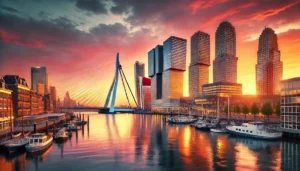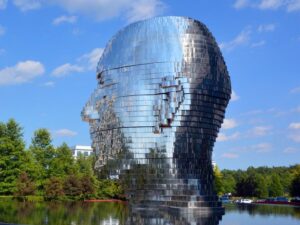When people envision an ancient company rarely a media and music company come to mind, much less one on the brink of its bicentennial anniversary. Although, strange as it is, here we are. Based on a 30000 sqm campus, located in Paço de Arcos, on the Lisbon coastline, an experienced and talented team, taking advantage of the existence accumulated vintage equipment and state-of-the-art technologies, carry on the knowledge gathered over generations of brilliant professionals that have made up the history of this company.

1964 recording session of Maestro Costa Pinto and its Orchestra
Yet, today`s sweetness, doesn`t obliviate the bitter taste of the challenges that had to be surpassed to be able to claim this kind of longevity, most of all when, addressing radical changes of technology, forced Valentim to start from scratch several times over these last 197 years. One can only wonder how this company escaped the fate that wrecked much stronger companies, with global players like Nokia, Blockbuster, and EMI, all victims of the digital business crisis, as RCA, Odeon, Pathé Marconi, and many others, failed over shake ups on radio, cinema and music businesses all along the 20th century. Valentim de Carvalho managed to thrive with record disks when radio was supposed to make them obsolete; survived the doom of vinyl when its record factory, then the company`s main business, had to close operations due to the boom of CDs; managed to face the rise of piracy spread by Napster and is ready to engage the upcoming reign of the streaming platforms. This tumultuous story is Valentim de Carvalho`s business card.
History
The company was founded by musicologist Eduard Neuparth in 1824, his aim was to sell musical instruments and printed music in central Lisbon. By that time there was an intense music life, people would go out and attend live venues, at theaters and cafés. After three generations of Neuparth, the original owners of Salão Neuparth sold the business to Valentim de Carvalho. Shortly after, lacked records, the ancestors of vinyl, reached the market and Valentim de Carvalho secured the license of international brands, such as His Master Voice, RCA, Decca, and Columbia. In those early days, the records were played at 78 rotations per minute, and were recorded (they would say, cut) directly into the disk, as a unique performance, with very limited units per oeuvre, and its sound quality would decrease with every single playback, you can imagine how exclusive they were and how different music consumption was from today`s digital market, where entire catalogues are available on a single phone.
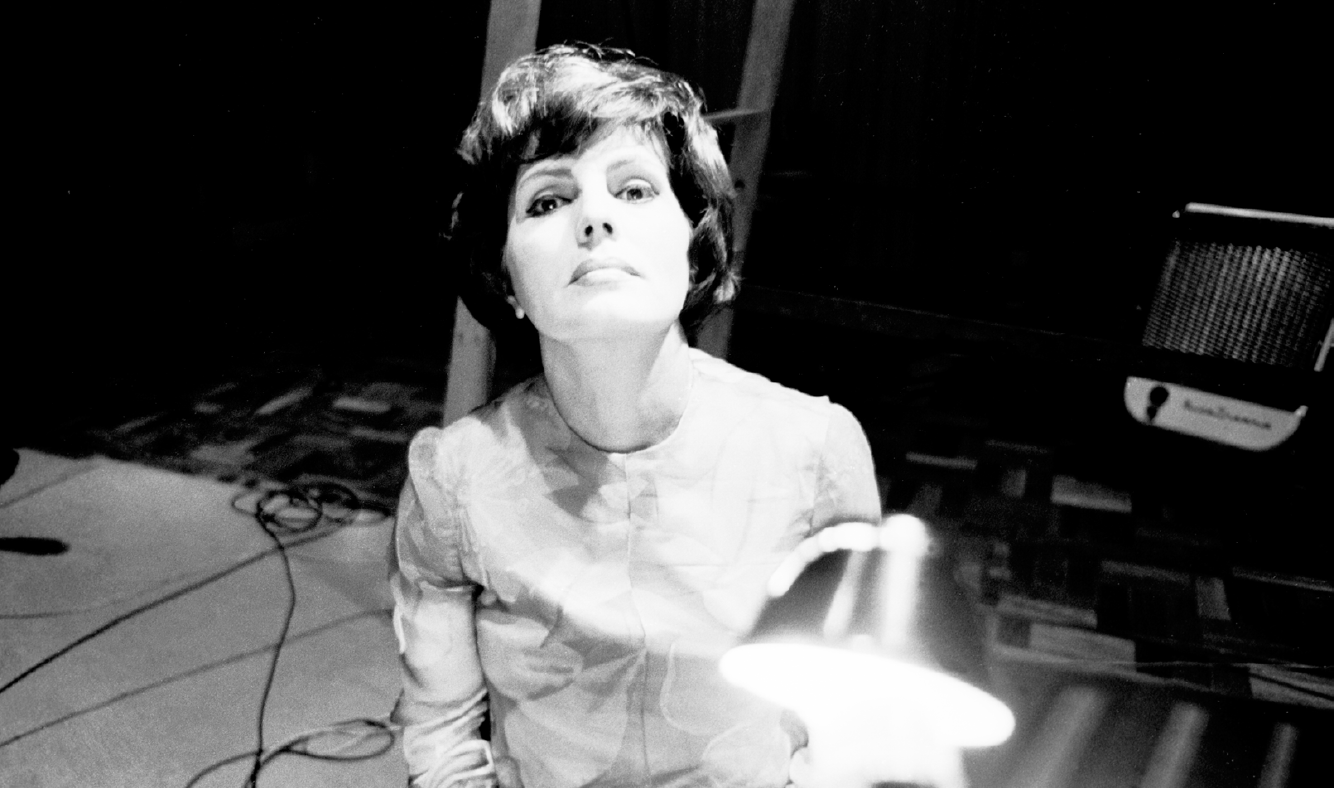
Amália Rodrigues on a break during the recording session of the album ‘Encontro’ at Studio 1, Valentim de Carvalho, on May 11th 1968
In the 1930s, Valentim de Carvalho embraced a new business area: a music studio to record local artists. The first facility was set on the upper floor of what would become its iconic store at Lisbon downtown, Chiado. This was an important step to gather a priceless music catalogue that kept on growing until today, securing the most significant Portuguese discography, of all genres, from traditional to experimental sounds, songs that transcend time, music that reshaped the country’s culture and defined generations.
In 1957 Valentim de Carvalho died and his nephews took the helm of the company. Among them, Rui Valentim de Carvalho, to whom the time experienced working on Abbey Road Studios, where he directed the first recording session of Amália Rodrigues for the company, was paramount. So, with the support from EMI – an old partner of Valentim de Carvalho – owner of Abbey Road Studios, the first building of the future industrial campus of Valentim de Carvalho in Paço de Arcos was born, an exact replica of the London`s studio 2, where, by that time, an unknown band was starting a brilliant career: The Beatles.
In the seventies the campus grew bigger, a brand new automated vinyl factory was added to the portfolio of Valentim de Carvalho that became the main source of profit for the company. The eighties started with a bonanza for the record company, Amalia enjoyed an international success unparallel among Portuguese artists, and the company roster saw a revival with the injection of new blood from a generation that would dominate the market for the following decades. Rui Veloso, Xutos&Pontapés, GNR, Herois do Mar/Madredeus, Jorge Palma, together with many others, set the foundations of a strong market leadership. The company was thriving but, approaching the nineties.
Two different events would have a dramatic effect: the collapse of vinyl, with the rise of CD; and the great Lisbon fire of 1988, that consumed to the ground Valentim de Carvalho`s historic head office at Chiado.
The sharp decline of the factory output and the sudden loss of the historic shop, were a tragedy that would shape Valentim de Carvalho’s future and would prove its remarkable resilience. The immediate response came with a heavy investment in the retail sector opening a retail chain of music stores that included two (2) megastores in Lisbon and Oporto, and more than 25 shops in malls all over the country. Together they grew up to 30% of market share and became a landmark for the sector, where customers and professionals shared a true passion for Music.
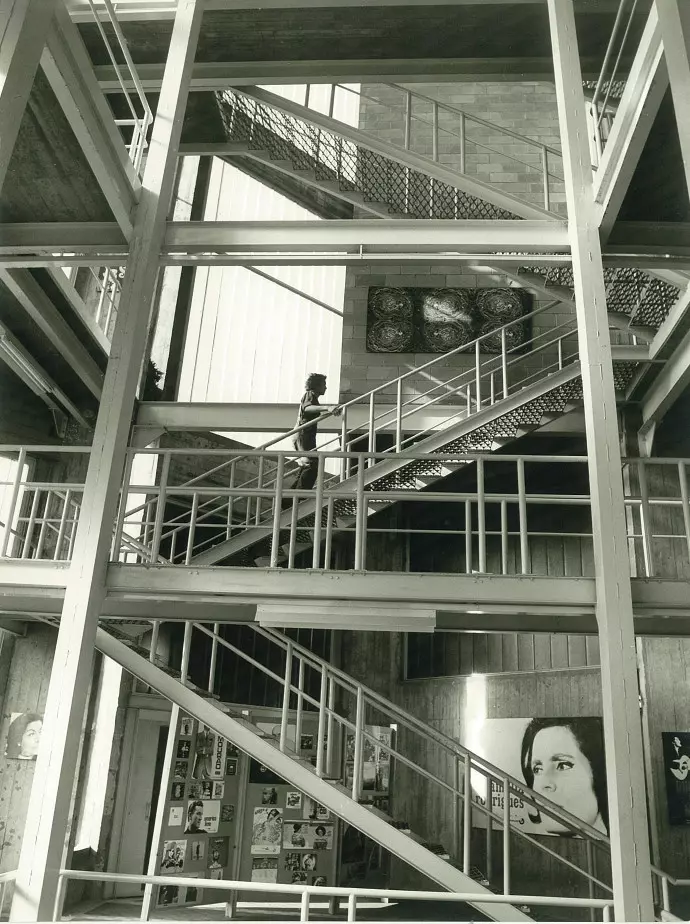
The interior of the vinyl factory
But the retail area was not sufficient to offset the closure of the record plant and the services and people that worked out of the Chiado office needed a new home and the campus of Paço de Arcos was the obvious choice. With 4500 sqm available on the old factory plant, there was room for everybody and good conditions to invest in a new area: Television.
To make room for Television there was a major reshape of the Music studios, and a state-of-the-art facility, designed by Munro Associates, was added to the original building, combining sound and image under the same roof. The success of private TV led to the expansion of our broadcast studios, a second studio was born in the factory building and, shortly after, the biggest TV plateau of the country was built on the campus, bearing the name of Studio 3. With the turn of the Century a new crisis took Valentim by surprise and would leave behind painful marks. The digital world was born. With a lot of scars, namely the demise of the entire record chain, Valentim de Carvalho managed to be one of the lucky few that was able to make a transition from the old era to the new. The recipe was to expand the video business by investing in TV production, a new strategy where content was the key.

Studio 3 Audio Room
Today
Through an innovative and entrepreneurial spirit, that has always been a part of Valentim de Carvalho’s identity, we thrive in the digital age.
A new kind of partnership is emerging and this company is acting like the connection between dots in the creative industries. The new moto is to identify the most creative minds, facilitate their interaction granting access to the best technology available, guide them with the sharpest market analyse and supply solid marketing tools to expand their audiences.
Surely there won`t be new Amalias, nor a new Carlos Paredes or António Variações, they are irreplaceable, but working under the same roof that was once over their heads will inspire new artists to carve their own careers and aim for the same heights as their predecessors. That is why all sound studios were recently refurbished, and some of them even regained the analogue state-of-the-art solutions that once made their name, au pair with the best digital technologies.
The Video area was not forgotten and the main studio, that remains the biggest plateau in the country, had an extensive hardware investment to be able to attract international formats.
Although we are aiming high on big formats, and we keep on producing for the national broadcast channels in our six (6) studios, we are also keen to explore much smaller formats, with the internet market on our mind.
The truth is that Video, TV and the Music Industry are no longer on parallel roads, it will all be Entertainment Content available on the Internet, and we, from our campus in Paço de Arcos, will fight hard to get a fair share of the World`s attention for ours.
FACILITIES
Music
Studio 1 – 180m2 Recording & Mixing Studio Red Studio – 100m2 Recording & Mixing Studio Black Studio – 25m2
Production Studio
Blue Studio – 15m2 Pre-Production Studios Green Studio – 15m2 Pre-Production Studios
Video
Studio 2 – 450m2
Studio 2B – 230m2
Studio 3 – 1500m2
Studio 4 – 144m2
Studio 5 – 216m2
Studio 6 – 216m2PPA – 3 rooms PPV – 6 rooms
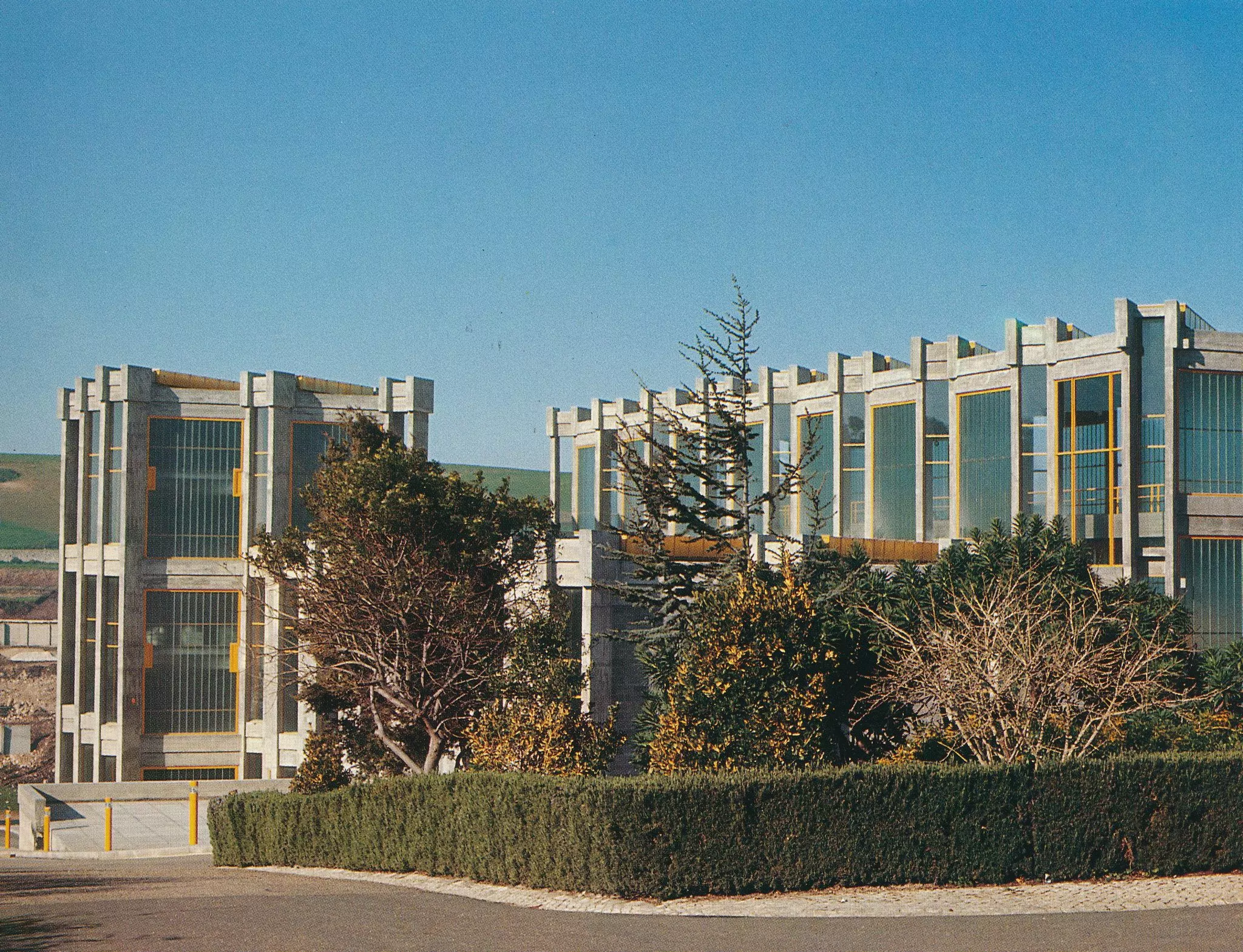
Valentim’s vinyl factory building in the green fields of Paço de Arcos was a project of the architect Conceição e Silva







